he quality of a round brilliant cut has to do with the way light enters and exits the stone. A well-cut diamond will reflect light more than any other type of shape (square, oval, pear and so on).
Understanding what makes a diamond special is important when selecting your diamond.
A common misconception about diamonds is that they are all the same. This couldn’t be further from the truth. Diamonds that are mined from different locations, displayed in various settings and cut by different jewellers will have unique characteristics that make them each one-of-a-kind.
This guide will help you brush up on your diamond education by taking a closer look at diamonds’ optical and physical properties along with their unique characteristics to help you make the best choice possible the next time you are in the market for a dazzling diamond.
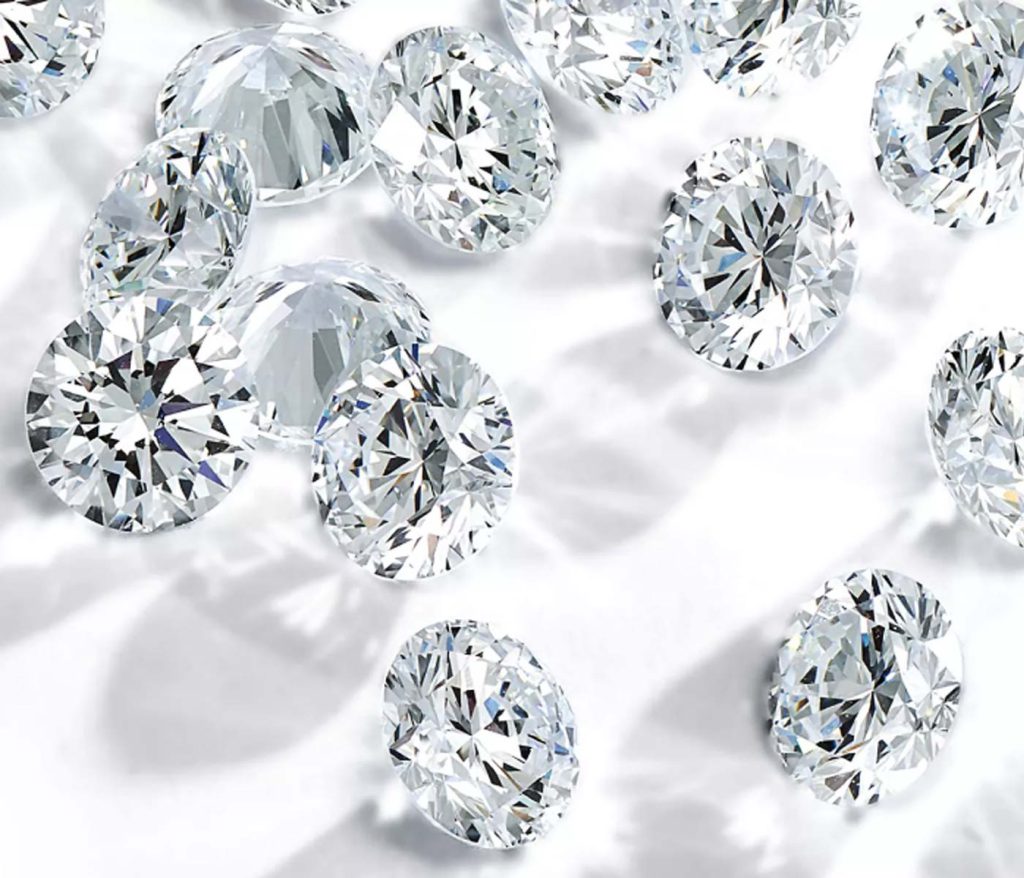
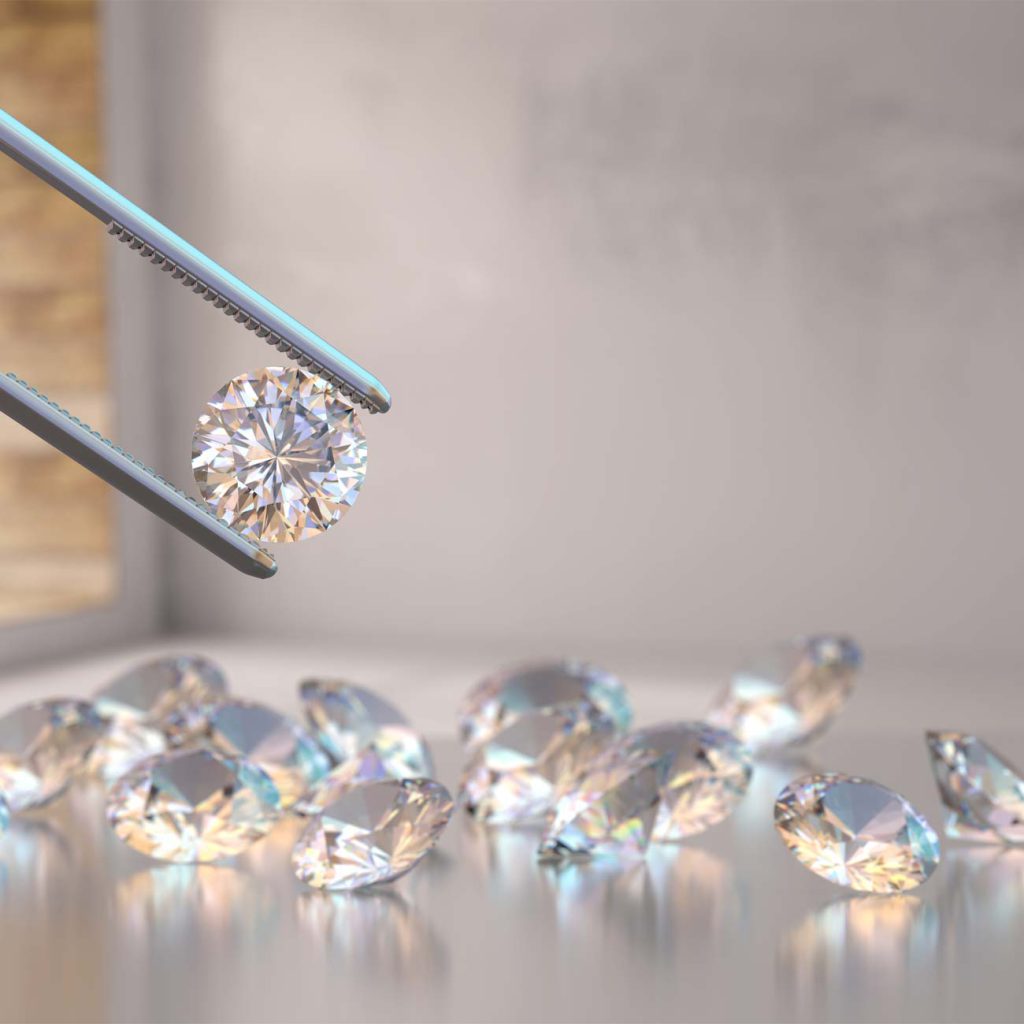
A diamond is a crystal, which means it is made up of atoms arranged in a specific pattern. Diamonds are made up of carbon atoms that are arranged in a tetrahedral structure. The carbon atoms are bonded together by covalent bonds, where the electrons in one atom are shared with the electrons of other atoms. This sharing creates a chemical bond between them and keeps them together as one unit (the “molecule”), instead of being free to move around as they would be if they were just floating around separately like gas molecules do when they aren’t combined into liquid or solid matter.
Inside each molecule, there are four carbon atoms bonded together to form what’s called an “octahedral” shape—six sides forming an octagon shape on top and six sides forming an octagon shape underneath.
The 4Cs of diamonds are some of the most important factors to consider when purchasing a diamond. The cut, colour, clarity and carat weight all have an effect on how much your diamond will cost.
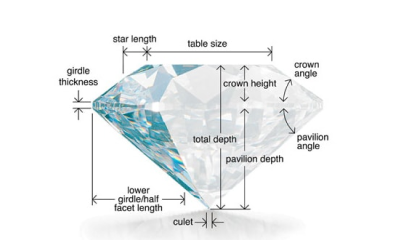
he quality of a round brilliant cut has to do with the way light enters and exits the stone. A well-cut diamond will reflect light more than any other type of shape (square, oval, pear and so on).

The colour scale used for describing different types of diamonds goes from D through Z when referring specifically to white coloured stones (colourless), but actually ranges all colours from blueish…
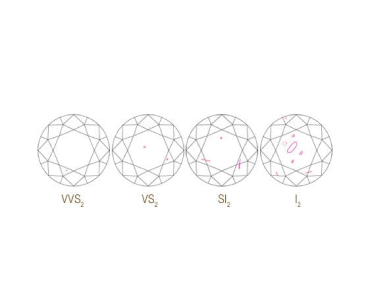
This refers to how many flaws or inclusions (i.e., tiny imperfections) are present in your diamond; the fewer the better. A flawless stone is considered ideal because it has no visible marks…
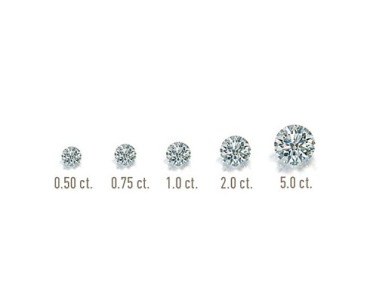
(the size of your stone) is perhaps the most well-known “C” in diamond buying terms. The bigger your stone is, the more expensive it will be—and big stones can add up quickly.